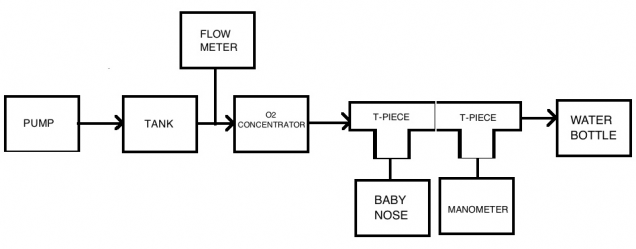Research

Smart Systems for Diagnostics.
A key component of our research activity is focused on developing smart, simple and cost-effective devices for invasive and non-invasive diagnostics. Our strategy is problem-focused rather than platform-focused as we try to optimize our platforms for specific needs in the field. With the help of our partner companies and institutions, versions of the prototype are tested in the field for feasibility before development of a full-scale solution.
Current Projects
Characteristics of Filter Paper for Storage and Quantitative Testing
Reagent storage in resource-limited settings remains a challenge for not only point-of-care diagnostics, but vaccine delivery and lab-based diagnostics. Filter paper is a light-weight, cheap, and robust material capable of storing reagents and being a medium for biological testing. However, the shelf-life of paper-based devices is questionable. We seek to quantify the robustness of paper as a method to store reagents. Furthermore, we are interested in understanding the mechanism of how paper works in order to improve its capacity to store reagents.
 Solar-Powered Pulse Oximeter
Solar-Powered Pulse Oximeter
Pulse oximetry is the standard accepted clinical method for determining patients’ blood oxygen saturation and pulse rates – important vital signs. Pulse oximeters serve as indispensable monitoring tools in surgical settings, intensive care units and general in-patient and out-patient visits. However, these devices are not easily available in developing countries. Cost of procurement and maintenance in resource-limited settings are important barriers that have not, up until now, been addressed.
The pulse oximeter being developed at LEED addresses the following key design points:
Cost – The device is currently on target to be manufactured for less than 20 USD.
Usability – The device can be used on either pediatric or adult patients.
Power – Using low-power technology and readily available cell phone batteries, it is estimated that the device can last for as many as 450 uses before needing to be recharged. The battery can be then be charged via a wall outlet or with a solar unit.
Point of Care Diagnostics Based on Piezoelectric Biosensors
We are assessing the application of piezoelectric materials as biosensors to rapid point of care diagnostics in resource limited settings. Piezoelectrics are materials that generate an electrical signal due to mechanical stress. Modelling of this behavior in microstructures provides insight into the development of quantitative diagnostic tools through computational analysis. Fabrication of such microstructures is also generally seen as too expensive for resource limited settings. We are applying alternative methods of thin film fabrication to the development of piezoelectric microstructures and characterizing the material properties of these thin films in order to understand how to construct biosensors from them. The final aim of this project is the development of piezoelectric biosensors capable of detecting multiple biomarkers at a a time from patient blood samples.
 Robust Platform for Drug Efficacy Testing
Robust Platform for Drug Efficacy Testing
An improved, easy-to-use, and cost-effective technology (PharmaCheck) for screening prescription medicines in order to prevent poor treatment of life-threatening illnesses and protect against counterfeit and substandard medicines in resource-limited countries. Read more…
CPAP Machine for Treating Childhood Pneumonia in Developing Countries
Pneumonia is the primary cause of childhood mortality worldwide, killing an estimated 1.4 million children under the age of 5 years annually — more than AIDS, malaria, and tuberculosis combined. The disease causes inflammation of the lungs, which leads to shortness of breath and, in extreme cases, death via respiratory failure. In low-resource environments where the pneumonia vaccination is not readily available, pneumonia is prevalent due to risk factors such as malnutrition and poverty. Currently, infants with pneumonia can benefit from assisted breathing facilitated by Bubble Continuous Positive Airway Pressure (bCPAP), which has been shown to effectively combat pneumonia by expanding the constricted airways of a patient. CPAP machines, however, are expensive and consume large amounts of energy; these design constraints present a critical challenge for use in low-resource settings. The primary purpose of this project is to design a robust, affordable, and easy to use CPAP machine for applications in both urban and rural health facilities in resource-limited settings. The CPAP machine will take advantage of solar power to lower costs and have a comprehensible, unique interface. The implementation of such a device could prevent thousands of unnecessary childhood deaths per year in developing countries.












